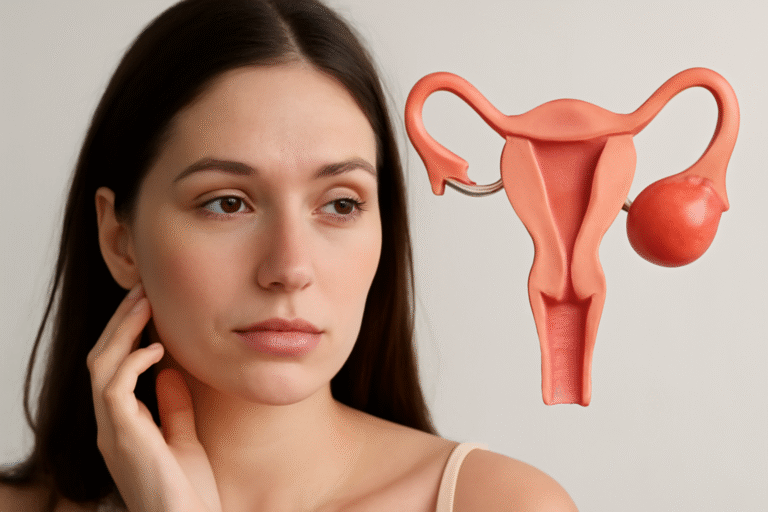Two words sometimes used about male fertility are low sperm count and low sperm motility. Though both can significantly affect a man’s fertility, which one is worse? Low sperm count and low motility will be discussed in this post together with its causes and effects on fertility. This blog will offer insightful analysis of whether your goal is simple knowledge of male reproductive health, or you are seeking to conceive.
What Is Low Sperm Count?
Low sperm count, sometimes referred to as oligospermia, is the condition whereby a man’s semen contains less than normal. A healthy sperm count is at least 15 million sperm per milliliter of semen, claims the World Health Organization (WHO). Anything less than this level is regarded as low.
Causes of Low Sperm Count:
- Hormonal irregularities
- Varicocele, or swollen testicle veins,
- Diseases, including sexually transmitted ones (STDs),
- Lifestyle elements including drinking, smoking, obesity
- Radiation exposure or environmental contaminants
What Is Low Sperm Motility?
Sperm motility is the capacity of sperm to swim efficiently toward an egg. Asthenospermia, or low sperm motility, is the condition whereby a notable proportion of the sperm are not moving as they ought. Normal motility, defined by the WHO as at least 40% of sperm displaying movement with at least 32% going forward gradually, is at least 32%.
Causes of Low Sperm Motility:
- Genetic ones
- Variance
- Reproductive tract infections or inflammatory reactions
- Bad lifestyle choices (like smoking, too much heat exposure)
- Oxidative stress—that is, an imbalance of antioxidants against free radicals
Low Sperm Count vs Low Motility: Which Is Worse?
Though their effects vary on the degree and whether other sperm parameters are impacted, low sperm count and poor motility can both impede conception. Consider this:
Low Sperm Count:
- Impact: Low sperm count has an effect in that one has less opportunity to reach and fertilize the egg.
- Severity: Natural conception is still achievable even with low count provided the sperm are healthy and motile.
- Treatment: Often simpler to treat with lifestyle modifications, drugs, or surgical procedures (like varicocele repair).
Low Sperm Motility:
- Impact: This can stop sperm from getting to the egg even in a normal sperm count.
- Severity: Treating low motility might be more difficult, particularly in cases where other problems such as aberrant sperm shape coexist.
- Treatment: During IVF, may call for advanced reproductive technologies like intraluminal sperm injection (ICSI).
Which Is Worse?
Although both diseases are alarming, poor motility is usually seen as more worrisome since it directly influences the capacity of the sperm to fertilize an egg. Low count and low motility taken together, however, greatly lower reproductive prospects.
How Are Low Sperm Count and Low Motility Diagnosed?
Low sperm count and low motility are diagnosed mostly by a semen study. This test assesses:
- Concerning sperm concentration (count):
- Motility (movement)
- Morphology—that is, shape
- Volume and pH
Should anomalies be found, additional testing such as hormone tests, ultrasounds, or genetic screenings may be advised to pinpoint underlying reasons.
Can Low Sperm Count or Low Motility Be Treated?
Indeed, the correct strategy can usually help both disorders to be better. These are a few possible treatments for low sperm count:
For Low Sperm Count:
- Lifestyle Changes:
- Cut alcohol intake and qui smoking.
- Eat sensibly and work out often.
- Steer clear of poisons and too much heat.
- Medical therapies:
- Hormone treatment for hormonal discrepancies.
- For infections, antibiotics.
- Varicocele or obstruction surgery.
- Extra: supplements
- Sperm production can be raised by zinc, folic acid, and antioxidants including CoQ10.
For Low Sperm Motility:
- Lifestyle Changes:
- Less stress and better nutrition (give antioxidants priority).
- Avoid tight clothing and hot tubs.
- Medical Therapies:
- Treat inflammation or underlying illnesses.
- Improve sperm quality with drugs.
- Assisted Reproductive Technology (ART):
- Intrauterine Insemination (IUI): Washes and concentrates sperm before immediately implacing them into the uterus via intrauterine insemination (IUI).
- In Vitro Fertilization (IVF) with ICSI: With ICSI in vitro fertilization (IVF), a single healthy sperm is straightly inserted into an egg.
Also Read : Top 10 food that can increase sperm motality
Preventing Low Sperm Count and Low Motility
Although certain factors are out of our reach, developing good habits helps lower our chance of both disorder:
- Eat a balanced diet heavy in whole grains, fruits, and vegetables.
- Keep hydrated and cut back on too much coffee.
- Regular exercise helps avoid overtraining.
- Control stress with therapy or mindfulness.
- Avoid smoking, drugs, and excessive alcohol.
CONCLUSION
While low sperm count can affect male fertility, low motility is typically more difficult to overcome. The good news is that assisted reproductive technologies, medical therapies, and lifestyle modifications can frequently help both disorders. See a professional if your fertility worries you without delay.
Acknowledging male fertility problems and reaching your family planning targets starts with an awareness of the differences between low sperm count and low motility.




[…] Also read: Low Motility or Low Sperm Count: Which Is More Dangerous? […]